Retro Replay Review
Gameplay
Trine delivers a satisfying blend of physics-based puzzles and classic platforming challenges. You switch on the fly between three distinct heroes—the agile thief Zoya, the resourceful wizard Amadeus, and the stalwart knight Pontius—to overcome environmental obstacles. Each character’s toolkit feels genuinely unique: Zoya’s grappling arrow lets you swing across chasms, Amadeus can conjure crates and planks to build makeshift bridges, and Pontius uses brute strength to move barriers or fend off enemies.
(HEY YOU!! We hope you enjoy! We try not to run ads. So basically, this is a very expensive hobby running this site. Please consider joining us for updates, forums, and more. Network w/ us to make some cash or friends while retro gaming, and you can win some free retro games for posting. Okay, carry on 👍)
Cooperative play is where Trine truly shines. Whether you’re commanding all three characters solo or teaming up with friends in local multiplayer, the game encourages creative problem-solving. Many puzzles have multiple solutions—stack crates to climb, rig a swinging lantern to trigger a distant switch, or use the knight’s shield to float safely down. The physics engine occasionally delivers unexpected results (boxes might topple or roll unpredictably), but adapting on the fly becomes part of the fun.
RPG-lite progression adds another layer of depth. Collecting green experience potions lets you unlock new skills for each hero, such as Zoya’s multishot or Amadeus’s powerful lightning orb. Hidden chests scattered throughout levels reward exploration with item upgrades—extra health, underwater breathing, or improved resistance. Checkpoints are frequent, and fallen heroes revive at the next save point, keeping frustration to a minimum. Combat encounters against skeletons, bats, and occasional bosses break up the puzzle flow without overwhelming it.
Graphics
Trine’s visuals are a memorable highlight, combining hand-drawn backdrops with 2.5D layering that creates genuine depth in a sidescrolling world. Foreground platforms and background scenery blend seamlessly, and the camera zooms dynamically to showcase environmental details—from lush forests to candlelit dungeons filled with ancient machinery. The art style is whimsical yet atmospheric, striking a balance between fairy-tale beauty and the creeping undead menace.
Character animations are fluid and expressive. Zoya’s aerial flips, Amadeus’s spell-casting gestures, and Pontius’s heavy sword swings all look distinct and well-polished. Enemies move with believable weight, whether skeletons rattling toward you or bats swooping in tight formations. When objects crash or break, debris flies in satisfying arcs, showcasing the game’s robust physics system.
Dynamic lighting and particle effects add polish to every scene. Flickering torches cast dancing shadows across stone walls; magical runes glow with an ethereal light; water ripples realistically as you wade through shallow pools. Even small details—like dust motes drifting in sunbeams—underscore the care put into Trine’s presentation. The result is a world you’ll want to explore slowly, soaking in its handcrafted beauty at every turn.
Story
The narrative framework of Trine sets the stage with an intriguing premise: the king’s death leaves the kingdom in chaos, and the dead rise to overrun the land. Into this abandoned realm come three unlikely heroes, each drawn to the Astral Academy by different motivations. Zoya the thief seeks riches, Amadeus the wizard pursues arcane knowledge, and Pontius the knight stands guard with chivalric duty.
When all three unwittingly touch the powerful artifact known as The Trine, their souls become magically intertwined. From that moment on, they are bound together—unable to leave the academy until they unravel its secrets. The story unfolds gradually through in-game dialogue and brief cutscenes, emphasizing light fantasy charm over heavy drama. As you venture beyond the academy walls, hints of the kingdom’s former glory and the looming threat of its undead inhabitants deepen the mystery.
While the plot never becomes overly complex, it provides enough motivation to keep you invested. The guardianship mythos and occasional dialogues between characters add personality and humor—Amadeus’s absent-mindedness contrasts nicely with Pontius’s unwavering bravery and Zoya’s sly wit. In the end, Trine’s narrative serves its purpose: it gives context to puzzles and enemies, and it ties together the cooperative quest in a way that feels organic.
Overall Experience
Trine offers a polished, enchanting experience that’s hard to resist for fans of puzzle-platformers. Its three-hero mechanic never grows stale—each level introduces new twists that encourage experimentation with character synergies. The blend of light combat, thoughtful puzzles, and smooth platforming keeps the pace engaging from start to finish.
Local co-op is a standout feature, making Trine a fantastic couch-co-op pick. Playing with friends amplifies the laughter when crates topple or ropes snap, and coordinated teamwork becomes immensely rewarding. Even in solo mode, quick character switching ensures you never feel handicapped, and the checkpoint system reduces backtracking frustration.
Ultimately, Trine’s combination of polished visuals, clever level design, and charming fantasy setting delivers a memorable adventure. Whether you’re drawn by the cooperative challenges or the fairy-tale ambiance, this game stands as a testament to how thoughtful mechanics and artful presentation can create magic in a 2D world. Potential buyers looking for an accessible yet deep platform-puzzle hybrid will find Trine to be a truly enchanting journey.
 Retro Replay Retro Replay gaming reviews, news, emulation, geek stuff and more!
Retro Replay Retro Replay gaming reviews, news, emulation, geek stuff and more!
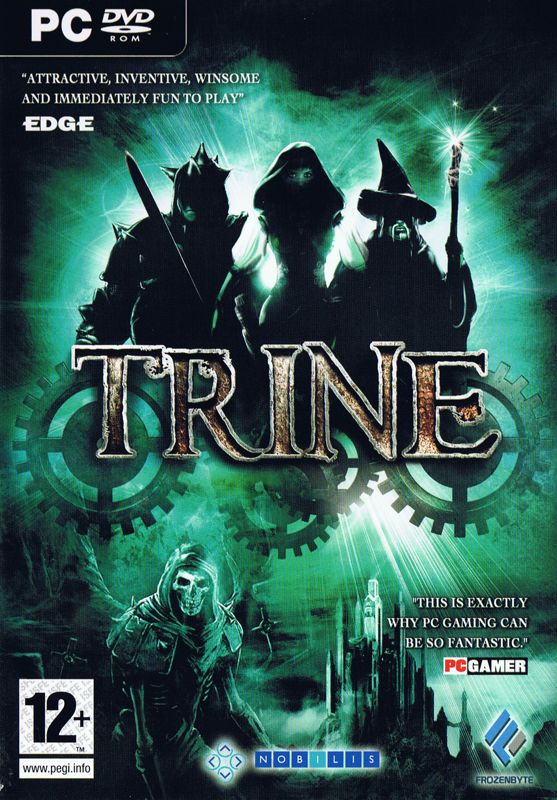
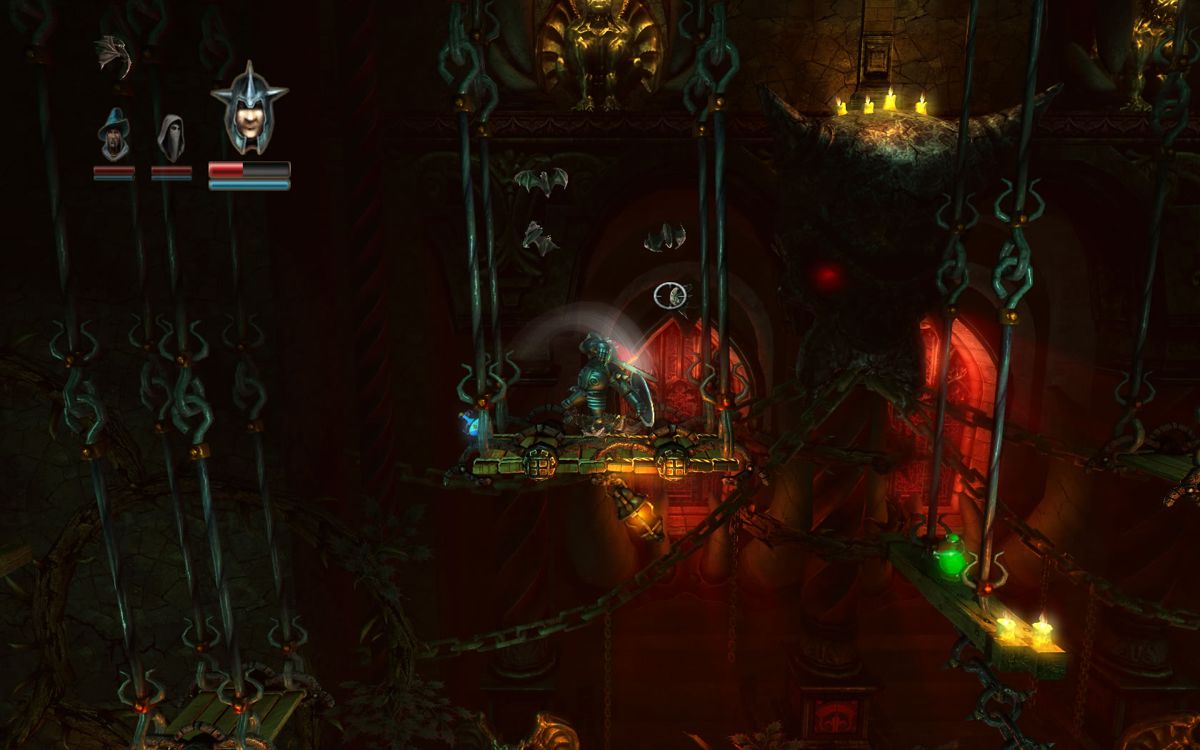
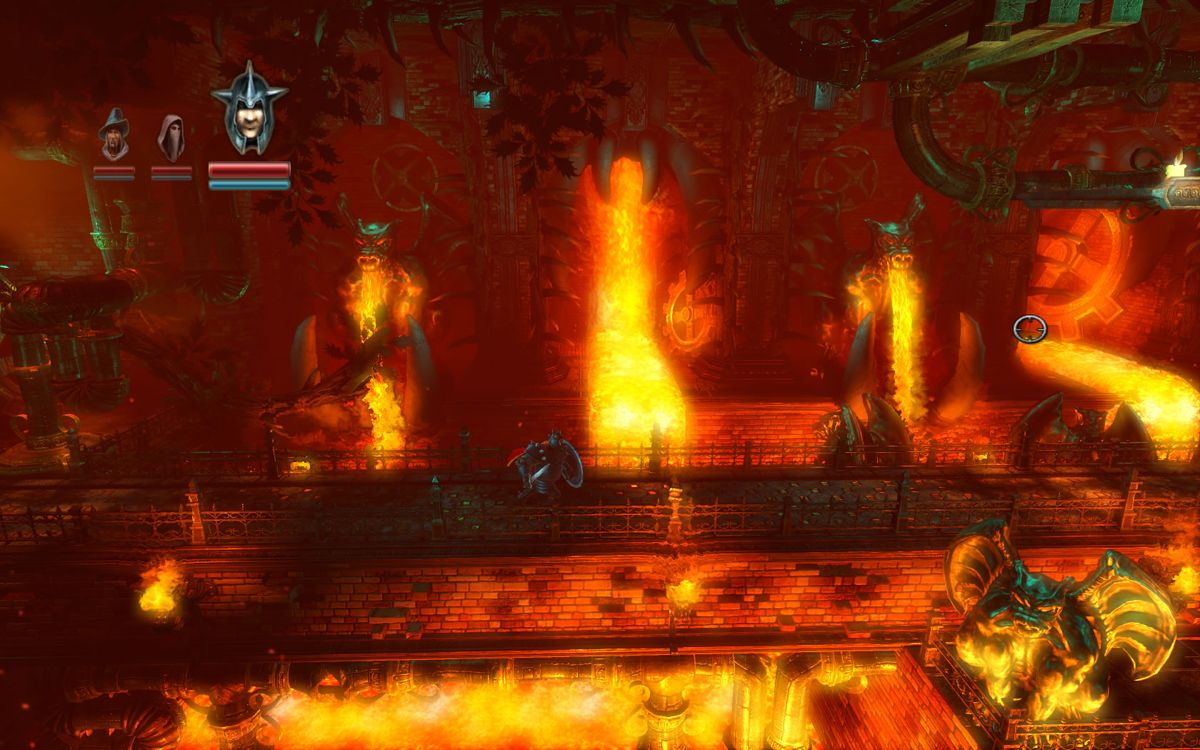
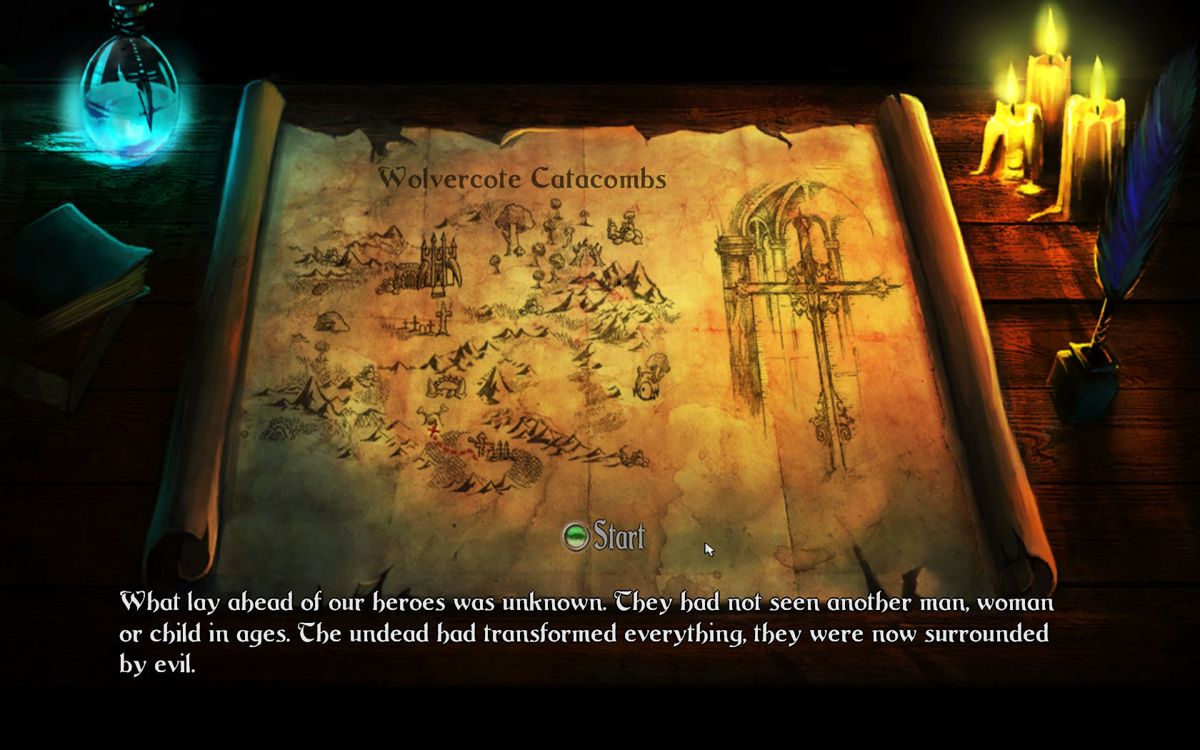

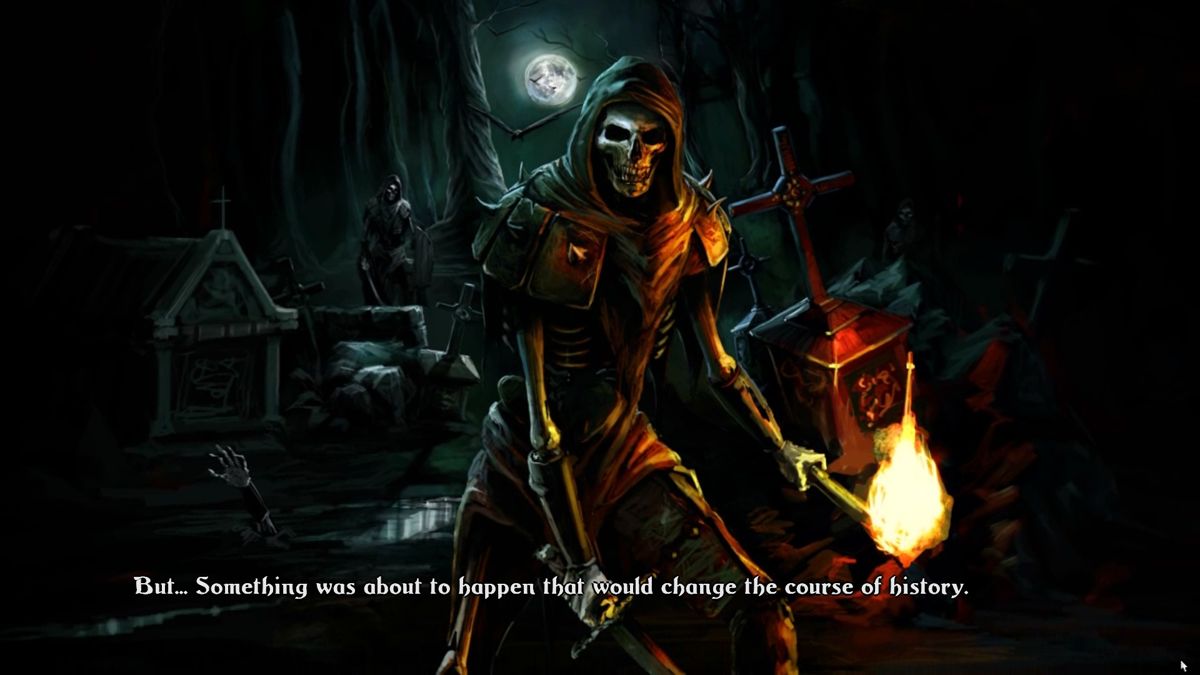



Reviews
There are no reviews yet.